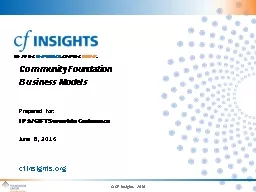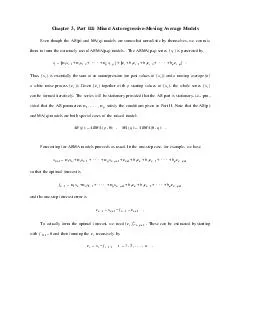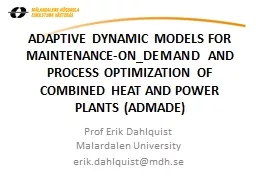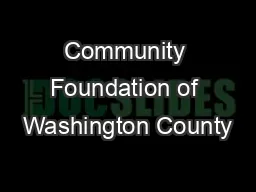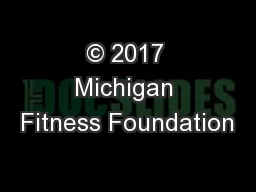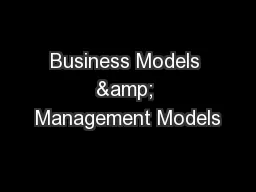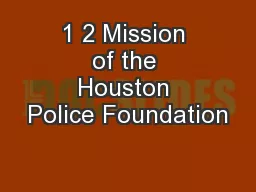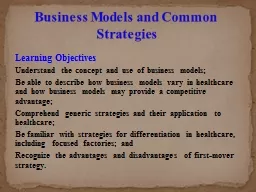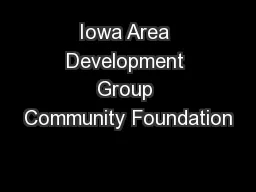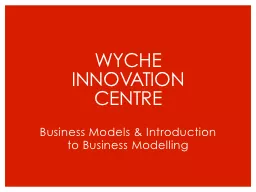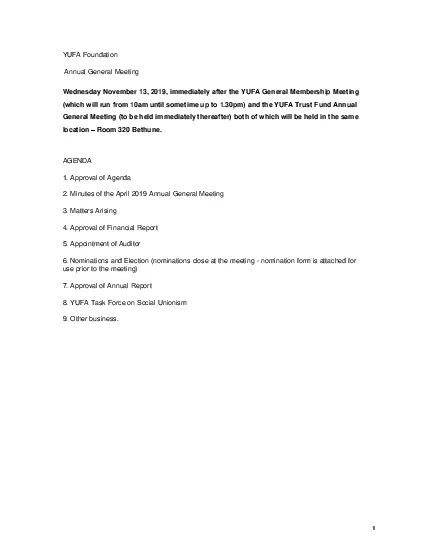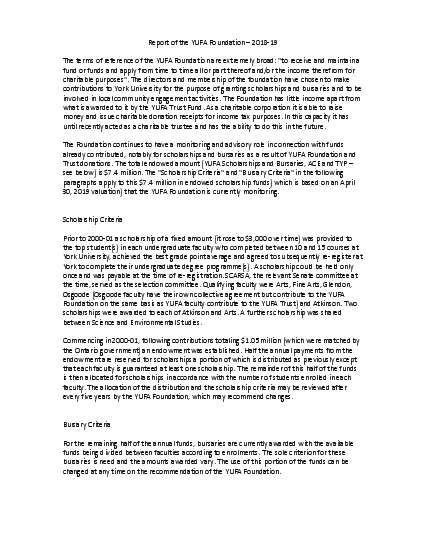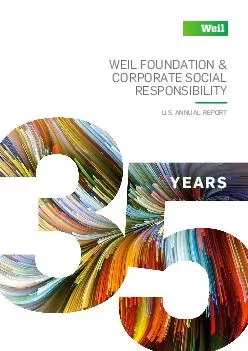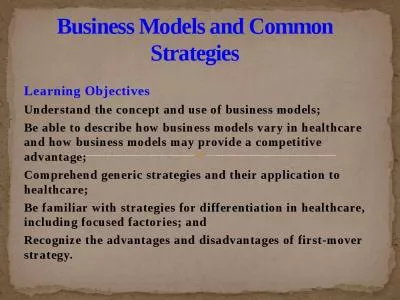PPT-Community Foundation Business Models
Author : clustik | Published Date : 2020-06-19
Prepared for IPAGIFT Statewide Conference June 8 2016 the IDEA BEHIND IS SIMPLE What if EACH community foundation could know what ALL community foundations
Presentation Embed Code
Download Presentation
Download Presentation The PPT/PDF document "Community Foundation Business Models" is the property of its rightful owner. Permission is granted to download and print the materials on this website for personal, non-commercial use only, and to display it on your personal computer provided you do not modify the materials and that you retain all copyright notices contained in the materials. By downloading content from our website, you accept the terms of this agreement.
Community Foundation Business Models: Transcript
Download Rules Of Document
"Community Foundation Business Models"The content belongs to its owner. You may download and print it for personal use, without modification, and keep all copyright notices. By downloading, you agree to these terms.
Related Documents

